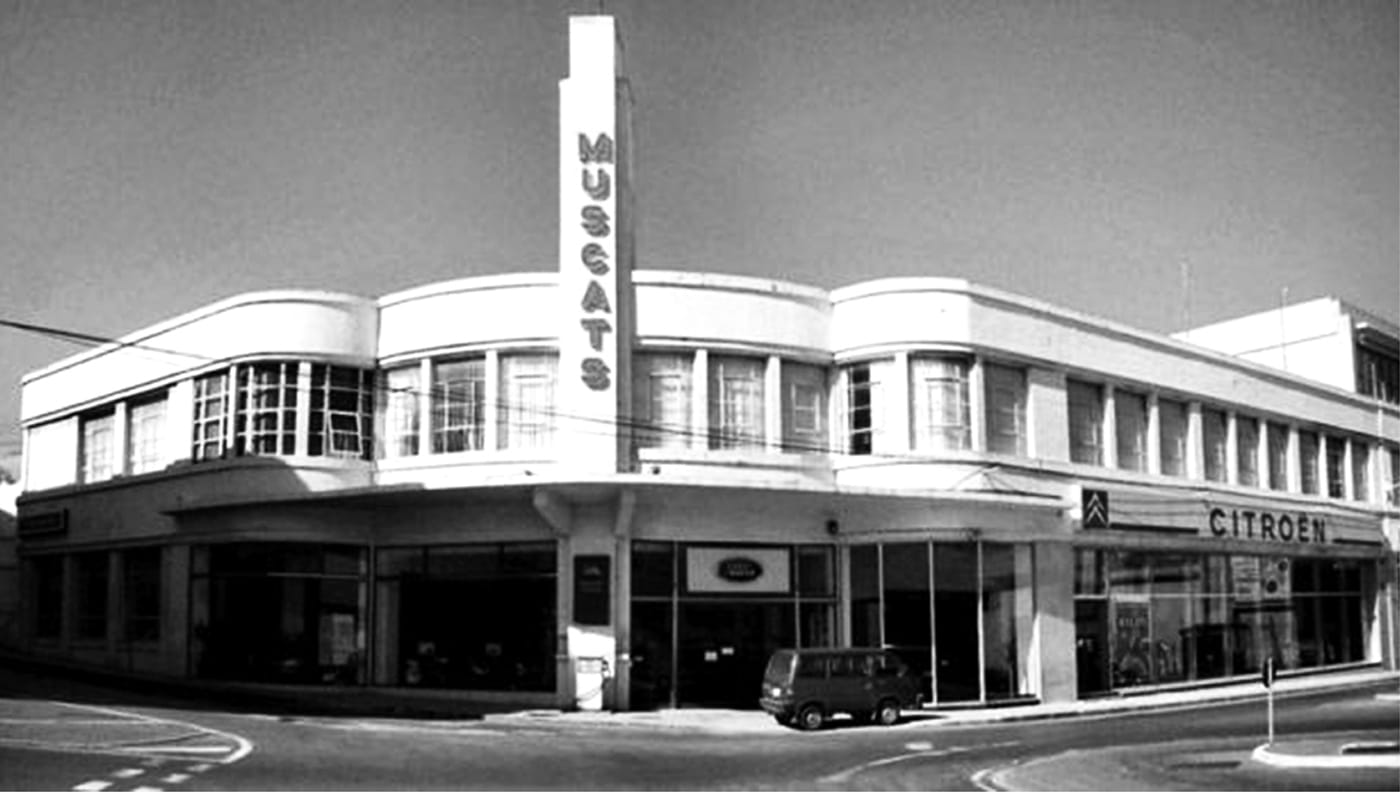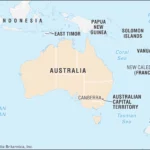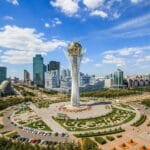Discover the captivating beauty and rich culture of Kolomotu a Tonga, a hidden gem waiting to be explored. Journey through the enchanting landscapes and historical wonders of Muscat’s land, a place where history and adventure intertwine.
Muscat: Oman’s Ancient Heart
Muscat, the capital of Oman, is where towering mountains meet the sparkling waters of the Gulf of Oman. This city, steeped in history and brimming with culture, offers a journey through time, seamlessly blending ancient traditions with modern dynamism. From the exotic scents of frankincense and spices in bustling markets to the awe-inspiring grandeur of the Sultan Qaboos Grand Mosque, Muscat invites you to explore its vibrant tapestry.
Oman: A Deeper Dive
Oman, a land of ancient tales, finds its vibrant heart in Muscat. Here, the echoes of history intertwine with the pulse of modern life, crafting a captivating and unique experience. Nestled on the Gulf of Oman, with the scent of frankincense permeating the air, Muscat welcomes you to discover its magic.
A Coastal Saga Unveiled
Muscat’s story unfolds over millennia, reaching back to the 6th millennium BC. Archaeological evidence from sites like Ras al-Hamra suggests early settlements likely sprang up along the coast, drawn by the abundant marine resources. For centuries, the area was known as “Muscat and Oman,” underscoring the city’s central role. This close relationship eventually led to the entire country officially adopting the name Oman in 1970, a testament to Muscat’s enduring significance.
Where Majesty Meets the Sea
Oman’s diverse landscapes find their epitome in Muscat. Located on the northeastern coast, flanked by the Al Batinah and Ash Sharqiyah regions, Muscat’s coastal plains rise to meet the rugged interior of Ad Dakhiliyah. This dynamic environment has undoubtedly shaped the city’s character, contributing to its rich blend of maritime traditions and flourishing agriculture. Interestingly, Oman’s northern coast, including areas around Muscat, and the Dhofar region, are known for their verdant landscapes, even supporting the cultivation of grapes—a surprising agricultural oasis in the heart of Arabia.
From Ancient Port to Thriving Metropolis
Muscat is a dynamic metropolis constantly evolving. As Oman’s capital and largest city, its metropolitan area is home to over 1.72 million people (2022). Within this bustling landscape lies the old city, Muscat proper (Wilayat), a captivating glimpse into the past with a population around 31,409 (2023). This contrast vividly captures the city’s transformation. With Oman’s total population reaching 5.28 million (2024), the nation’s continued growth suggests an exciting future for Muscat.
A Cultural Tapestry Woven Through Time
Muscat’s strategic location on the Gulf of Oman has positioned it as a crucial hub for trade and cultural exchange for centuries. Ships from across the globe have docked in its harbor, bringing not only goods but also ideas, customs, and traditions. This history as a crossroads of cultures has likely imbued Muscat with a rich blend of influences, evident in its architecture, cuisine, and vibrant social fabric. The origins of Muscat’s name remain a subject of scholarly debate, potentially linked to ancient names like Cryptus Portus and Moscha Portus, adding another layer of intrigue to its captivating story.
Experiencing the Essence of Oman
Muscat offers a unique immersion where old-world charm meets modern innovation. Lose yourself in the vibrant maze of the Mutrah Souq, where the aroma of frankincense mingles with exotic spices and the rich scent of Omani coffee. Experience the architectural marvel of the Royal Opera House Muscat, a testament to the city’s embrace of the arts. This juxtaposition of tradition and modernity defines Muscat’s allure. It’s a city that reveres its heritage while embracing the future, inviting you to explore its hidden corners and discover the magic of Oman.
Where is Muscat? Uncovering the Gems of Oman
Muscat, the vibrant capital of Oman, is located on the northeastern coast of the Arabian Peninsula, overlooking the Gulf of Oman. Historically known as “Muscat and Oman,” the country officially became the Sultanate of Oman in 1970, with Muscat retaining its status as the largest and most populous city. Situated amidst majestic mountains and coastal plains, Muscat boasts a remarkable blend of ancient Arabian heritage and modern development, strategically positioned at the mouth of the Persian Gulf, where it has played a pivotal role in maritime trade and cultural exchange for millennia.
Pinpointing Muscat on a map, you’ll find this coastal gem on the northeastern coast of Oman, shimmering against the backdrop of the Arabian Sea. This coastal location has indelibly shaped Muscat’s identity, establishing it as a major port city connecting East and West for thousands of years. This rich maritime history has woven a vibrant tapestry of cultures into Muscat’s very essence, evident in everything from its architecture and cuisine to the warm hospitality of its people.
Muscat’s history dates back to the 6th millennium BC, with early settlers, likely drawn by the abundant marine life, establishing fishing villages along the coast – the nascent beginnings of the bustling metropolis we know today. For a significant period, the region was known as “Muscat and Oman,” reflecting the sometimes separate, sometimes intertwined histories of the coastal sultanate centered around Muscat and the inland Imamate. This duality offers a fascinating insight into Omani history, revealing the interplay between coastal and inland cultures and the gradual process of unification. Eventually, in 1970, the country officially united under the name Sultanate of Oman, with Muscat as its capital, marking a pivotal moment in its complex and captivating history.
Today, the Muscat metropolitan area encompasses six provinces, home to over 1.7 million people. It’s a city of layers, where ancient souks brimming with fragrant spices and intricate handicrafts coexist with gleaming modern buildings. Explore the bustling Mutrah Souq, where the echoes of ancient merchants resonate through the centuries. Contrast this with the grandeur of the Royal Opera House Muscat, a symbol of Oman’s 21st-century embrace of the arts. Wander through the historic old city, admiring traditional architecture, then turn a corner to encounter the sleek facades of modern developments. These contrasts are harmonious, contributing to Muscat’s unique character. Muscat is a place where the whispers of the past gracefully intertwine with the dynamism of the present, each district, building, and interaction revealing another piece of its captivating story.
Research suggests that Muscat’s long history as a port city may have contributed to its cosmopolitan atmosphere. While further investigation is needed to fully understand the city’s social and cultural nuances, it’s probable that the continuous influx of traders and travelers throughout history has fostered openness and tolerance within the city. This demonstrates how Muscat continues to adapt and evolve while preserving the essence of its rich heritage.
What Do You Call Someone from Muscat, Oman? A Comprehensive Guide
A person from Muscat, Oman, is called an Omani. This aligns with the Arabic demonym and is the universally accepted term. While “Muscati” might seem logical, it isn’t commonly used. Referring to someone as Omani is always correct and respectful, reflecting their shared national identity rooted in Oman’s rich history and culture.
“Omani” isn’t merely a label; it embodies a vibrant cultural heritage—a tapestry woven with shared history, traditions, and values. It encompasses the intricate artistry of Omani silver, the fragrant spices that permeate their cuisine, the rhythmic poetry of ancient traditions, and the warm hospitality extended to visitors. These cultural elements and countless others contribute to the unique mosaic of “Omani” identity.
Muscat itself provides a captivating glimpse into Omani culture. As a bustling port city, it has always been a melting pot of influences. Even with a notable expat community, Muscat’s heart and soul remain distinctly Omani. It serves as a dynamic hub, showcasing the nation’s long history, deep-rooted traditions, and the profound connection its people have to the land.
For Omanis living abroad, the term “Omani” holds profound significance, serving as a powerful link to their homeland and a reminder of shared heritage. This enduring connection underscores the importance of using the correct demonym.
While “Omani” remains the universally accepted term, ongoing linguistic research suggests that informal terms like “Muscati” might gain wider acceptance within specific communities over time. However, for now, “Omani” remains the most appropriate and respectful choice.
Unveiling Wooded Valleys: Names, Formations, and Ecological Wonders
A wooded valley, often simply called a “vale,” encompasses diverse ecosystems and geographical features, ranging from dense forests nestled between mountains to riparian corridors carved by rivers. Specific terminology for wooded valleys can be elusive, with regional variations and nuanced descriptions like “dell,” “glen,” “combe,” and “ravine” often used interchangeably or with subtle distinctions. Regardless of the name, the ecological richness of wooded valleys makes them vital habitats, playing a crucial role in water management, carbon sequestration, and biodiversity conservation. Understanding the geological processes that shape them, such as erosion, glaciation, and tectonic activity, offers deeper insights into their unique characteristics and ecological significance.
Let’s start with the basics. A valley is a low-lying area between hills or mountains, often with a river or stream running through it. What transforms a valley into a wooded valley? The presence of trees, of course! This defining characteristic creates a unique environment, impacting everything from shade and humidity to the specific microclimates that flourish within.
The terminology for wooded valleys is diverse and often regionally specific. While “vale” serves as a general term, more nuanced words paint more vivid pictures:
- Dell: A small, secluded, often wooded valley, suggesting intimacy and tranquility.
- Glen: A narrow, secluded valley, typically with a stream, evoking a sense of wildness and untamed beauty.
- Combe/Coombe: A steep-sided, dry valley, often found in chalk or limestone areas, distinct for its rugged character.
- Ravine: A deep, narrow gorge with steep sides, often hinting at adventure and mystery.
- Canyon/Gorge: While not always wooded, these terms describe very deep, narrow valleys with steep, rocky walls, shaped by powerful forces of nature over eons.
The formation of these valleys reflects the immense power of geological processes:
- Erosion: The slow but persistent carving action of rivers and streams.
- Glaciation: The movement of massive glaciers sculpting U-shaped valleys.
- Tectonic Activity: The shifting and colliding of tectonic plates creating rift valleys.
Wooded valleys are far more than just scenic landscapes. They are biodiversity hotspots, providing essential habitat for a wide array of plant and animal life. Their dense vegetation helps stabilize the soil, preventing erosion and landslides. Crucially, the trees act as natural sponges, absorbing rainwater and releasing it gradually, regulating water flow and mitigating flooding. And in our era of climate change, these forested valleys are vital carbon sinks, absorbing carbon dioxide and helping to maintain the balance of our planet’s atmosphere.
So, next time you find yourself in a wooded valley, take a moment to appreciate its complexity. These natural wonders are products of immense forces, havens for life, and essential components of a healthy planet.













1 thought on “Muscat: Exploring the Cultural Heart of Oman”
Comments are closed.